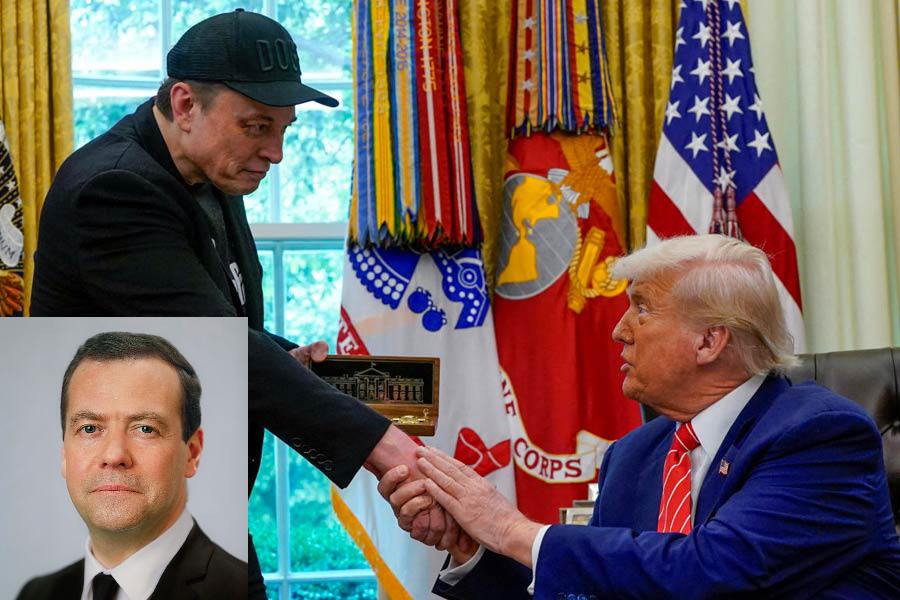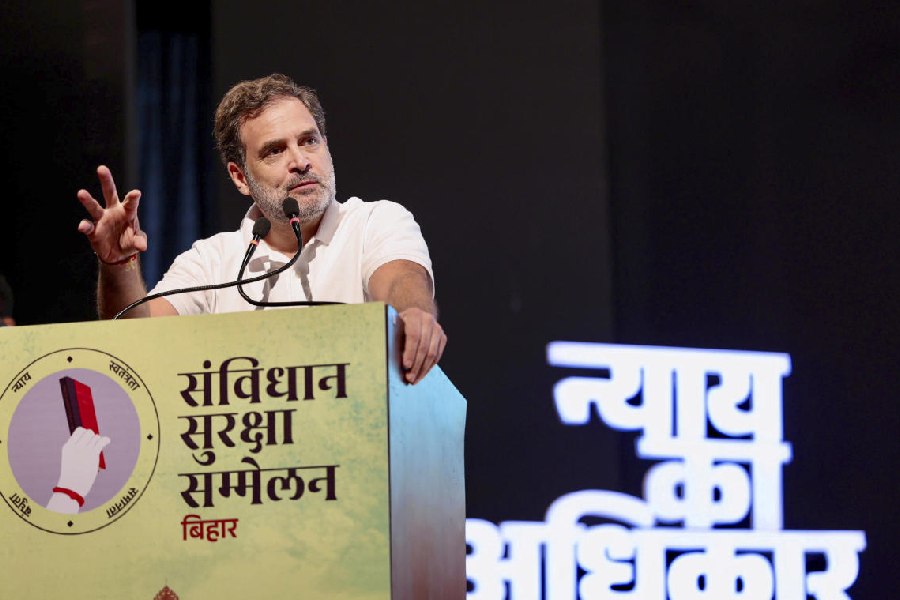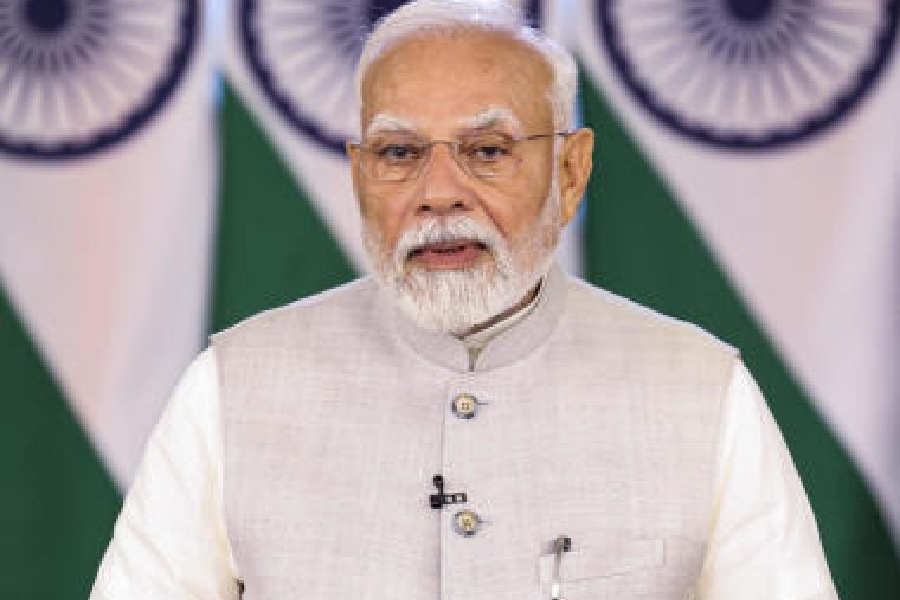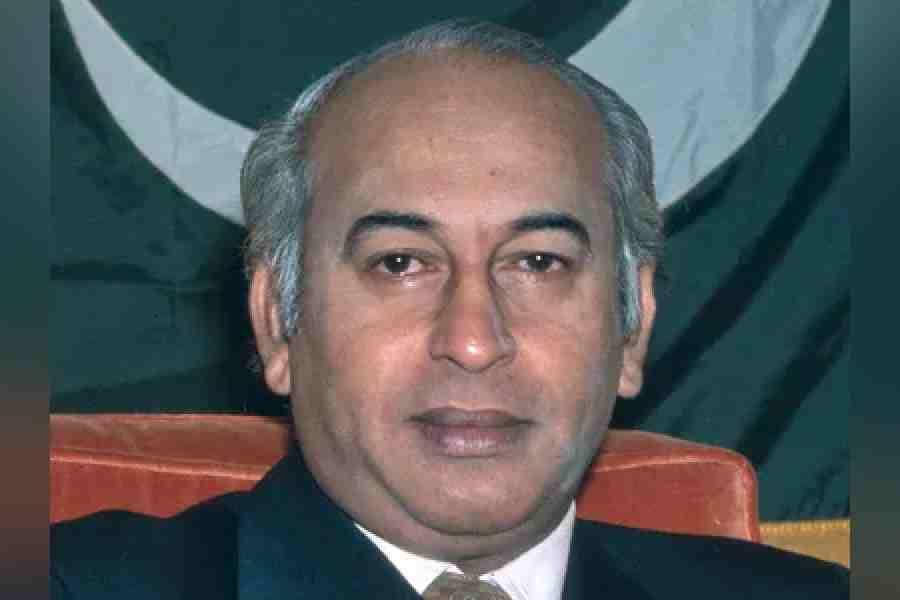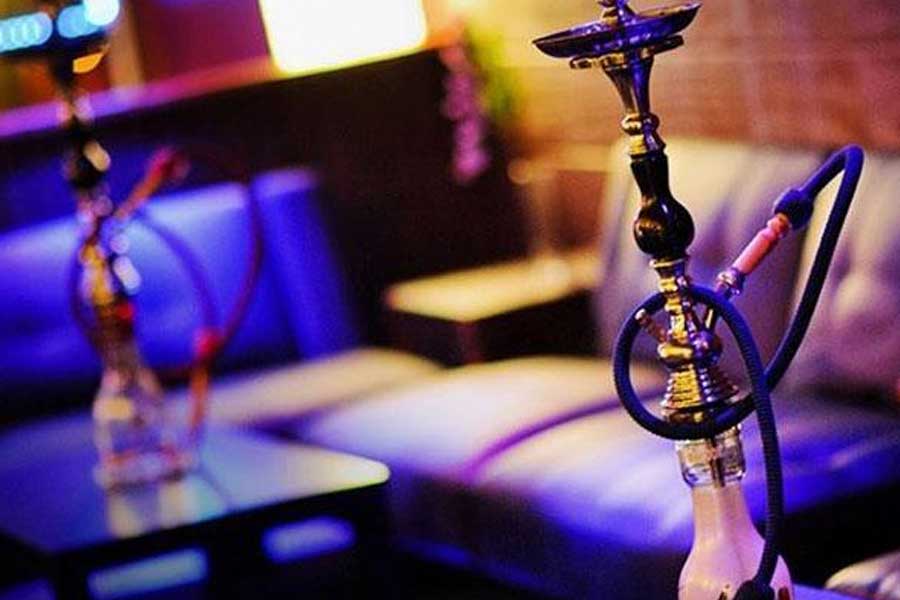 |
| A group of beneficiaries of the initiative selling dairy products. Telegraph picture |
Chennai, Nov. 25: A form of poor man’s banking pioneered and tested by a Bangladeshi Nobel laureate promises to change the face of Chennai’s expanding slums.
The shanty clusters, home to 18.6 per cent of the city’s 7.5 million people, have long been seen as crime dens whose squalor was matched only by the hopelessness of its impoverished residents. Now, the despair is ebbing.
Muhammad Yunus’s concept of micro-finance, the idea of lending to poor borrowers otherwise considered too risky, has struck root in the slums, the Bangladesh model adapted to local conditions by the city-based Indian Bank.
The Chennai initiative might not be anywhere close to the success achieved by the Yunus-founded Grameen Bank but the beginning here has inspired hopes of change.
“There was a time when women in the slums where I work hardly had anything to do and were at the mercy of the unsteady incomes of their spouses. But now, many are engaged, making sundry items like incense sticks and candles,” says Madhavi, whose NGO World Vision has organised the women into self-help groups that banks can lend to.
Self-help groups are not entirely new to Tamil Nadu but micro-finance is. “The problem in urban areas is that banks don’t cater to the poor. We decided to change that by establishing our first branch for the urban poor here two years back,” says Indian Bank chief M.S. Sundara Rajan.
At that branch, focused exclusively on the urban poor, women from the city’s slums walk in with a “business proposition”, prepared as a group with the help of NGOs like Madhavi’s. Loans can be cleared in 24 hours.
The ventures range from grocery stores, parlours, tailoring shops, doll-making units and the like. Even a roadside eatery can be deemed a “venture” good enough for lending.
“This model ensures inclusion of lower-income groups into the banking system through self-help groups. We have lent Rs 47 crore to 5,886 such groups from the branch since it was set up in May 2005,” says Sundara Rajan.
The success in Chennai — 99 per cent of the loans given to slum-dwellers have been repaid — has encouraged the bank to open 11 such branches across the country. Six, including one in Calcutta, are already in business.
T. Dhanraj, the manager of the first such branch, says the groups initially have to save at least for six months.
Against these savings, the bank gives them a loan that can go up to Rs 50,000. This money can be used for personal expenses such as school or college fees for children.
Once the first loan is repaid, the group can get more funds, sometimes up to Rs 10 lakh, without any security but the bank must be convinced that the money is being invested in ventures that will generate income for the borrowers.
“Our three-year-old group began by retailing textile goods with an initial loan of Rs 50,000 from this branch. We paid back that loan and the bank has now lent us Rs 1.5 lakh,” says L. Anandi, a member of a group called Sakthi.
Others are relieved at having to pay reasonable interest rates. “At least we are free from the clutches of the moneylenders who charge much higher interest rates,” says Malarkodi of Shruti, a group whose members make toys, take up tailoring jobs and sell saris.
While it is the women who have benefited from the plan, the men in the slums have also started organising themselves to secure loans for their ventures. The Indian Bank branch has been approached by 17 such men’s groups.


